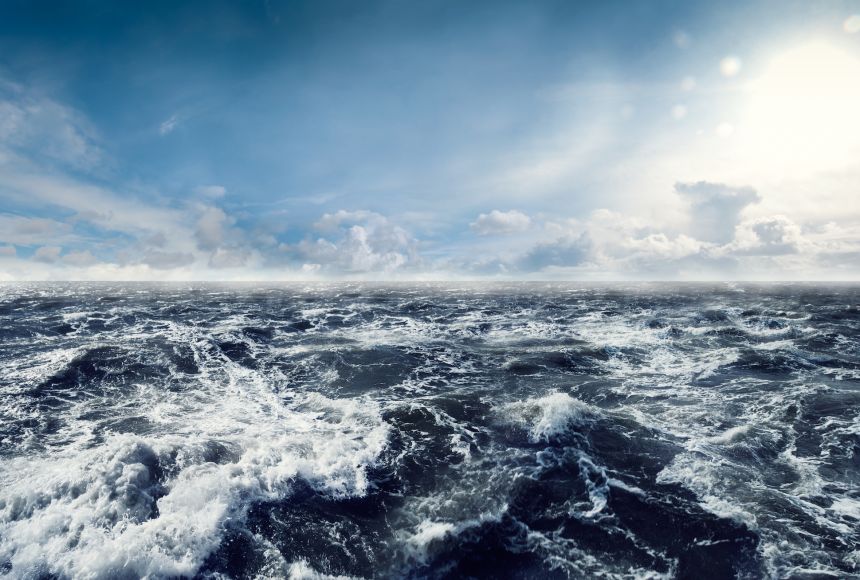The ocean is a huge body of saltwater that covers about 71 percent of Earth’s surface. The planet has one global ocean, though oceanographers and the countries of the world have traditionally divided it into five distinct regions: the Pacific, Atlantic, Indian, and Arctic oceans. Beginning in the 20th century, some oceanographers labeled the seas around Antarctica the Southern Ocean, and in 2021 National Geographic officially recognized this fifth ocean.
An estimated 97 percent of the world’s water is found in the ocean. Because of this, the ocean has considerable impact on weather, temperature, and the food supply of humans and other organisms. Despite its size and impact on the lives of every organism on Earth, the ocean remains a mystery. More than 80 percent of the ocean has not been mapped, explored, or even seen by humans. A far greater percentage of the surfaces of the moon and the planet Mars has been mapped and studied than of our own ocean floor.
Although there is much more to learn, oceanographers have already made some amazing discoveries. For example, we know that the ocean contains towering mountain ranges and deep canyons, known as trenches, just like those on land. The peak of the world’s highest mountain—Mount Everest in the Himalaya, measuring 8.85 kilometers (5.49 miles) high—would not even break the surface of the water if it was placed in the Pacific Ocean’s Mariana Trench or Philippine Trench, two of the deepest parts of the ocean.
On the other hand, the Atlantic Ocean is relatively shallow because large parts of its seafloor are made up of continental shelves—parts of the continents that extend far out into the ocean. The average depth of the entire ocean is 3,720 meters (12,200 feet).
It is unknown how many different species call the ocean their home. With many marine ecosystems suffering from rising sea temperatures, pollution, and other problems, some oceanographers believe the number of species is dropping. Still, there may be many positive surprises waiting for oceanographers in the years ahead. It could be that more than 90 percent of the ocean’s species are still undiscovered, with some scientists estimating there are anywhere between a few hundred thousand and a few million more to be discovered. Currently, scientists know of around 226,000 ocean species.
Learning more about the seafloor and the rest of the ocean is the passion of National Geographic Explorer Marcello Calisti. He is a biorobotics expert who is developing an undersea exploration vehicle that uses “legged locomotion,” inspired by the way an octopus moves under water. His long-range goal is to design robots that can explore the depths that are difficult for humans to reach.
Since the ocean is so vast, there is plenty for future oceanographers from all corners of the globe to explore and discover.

